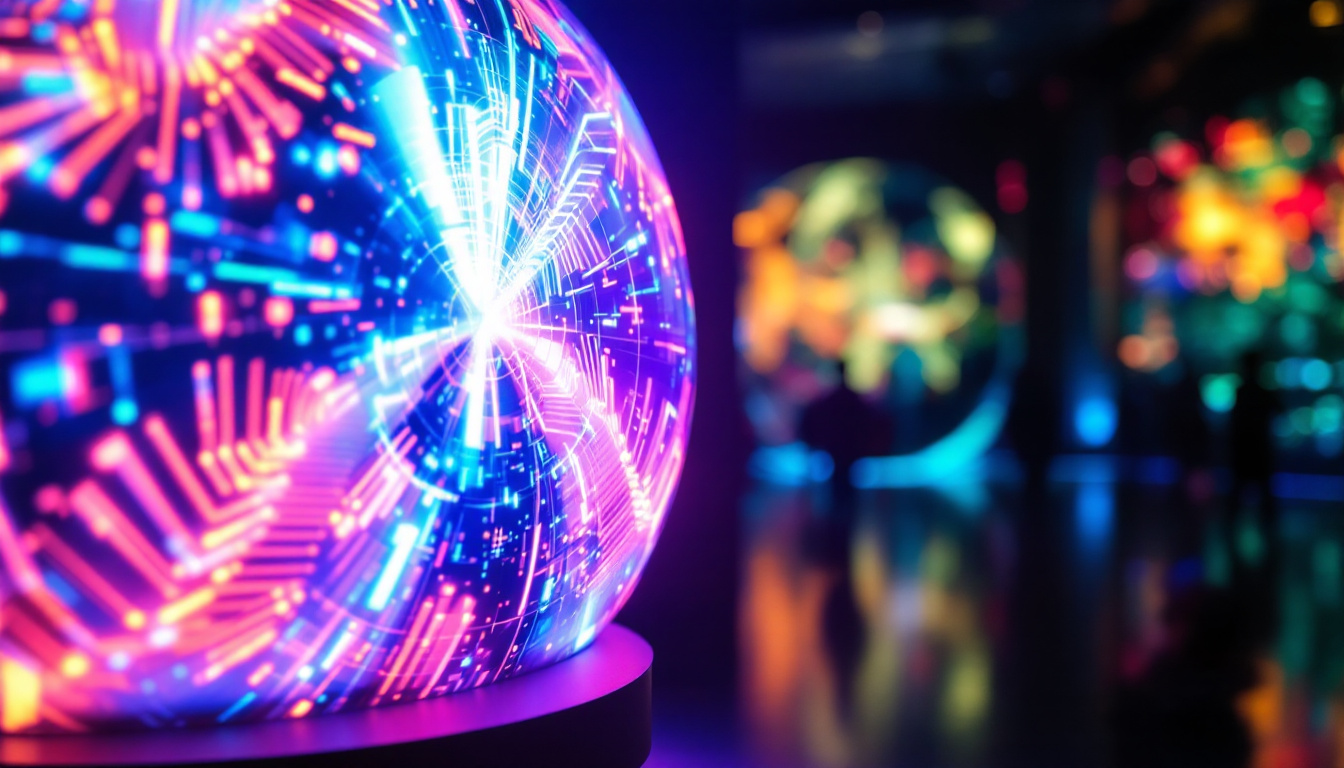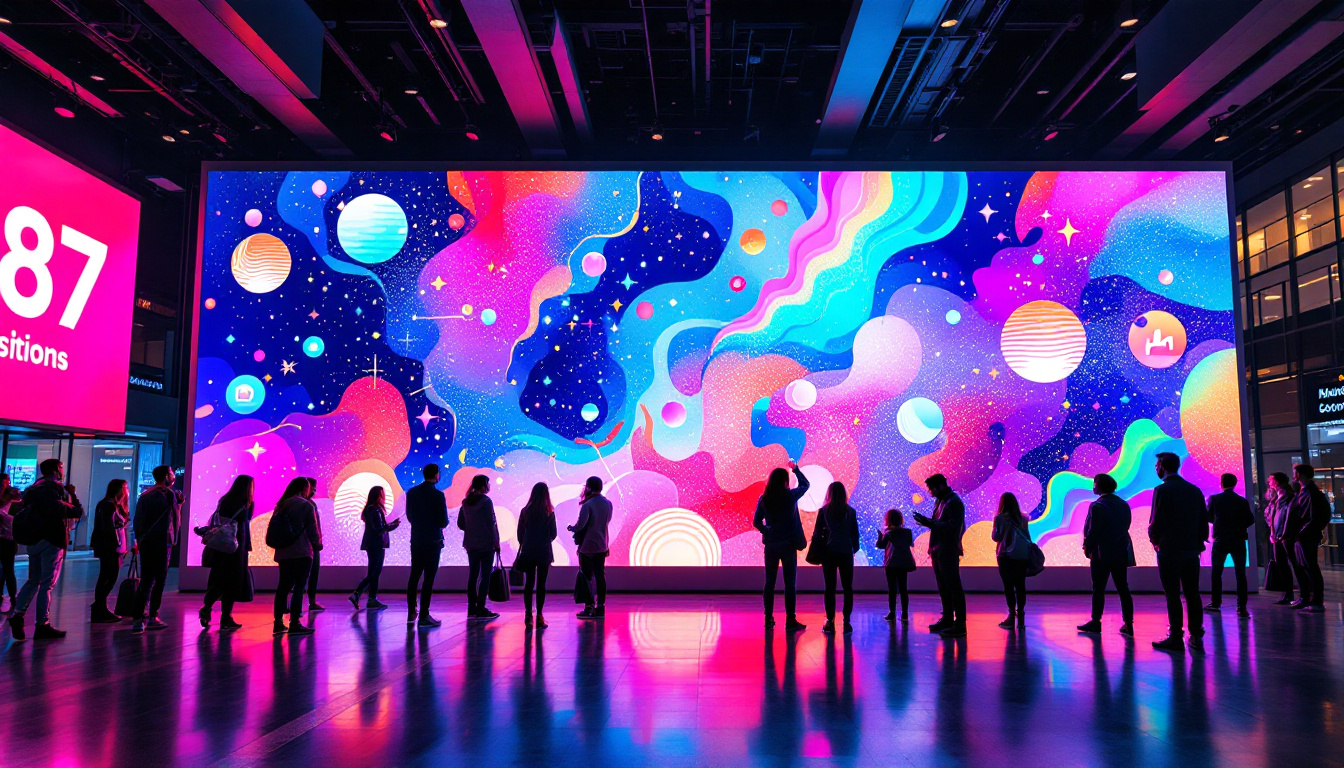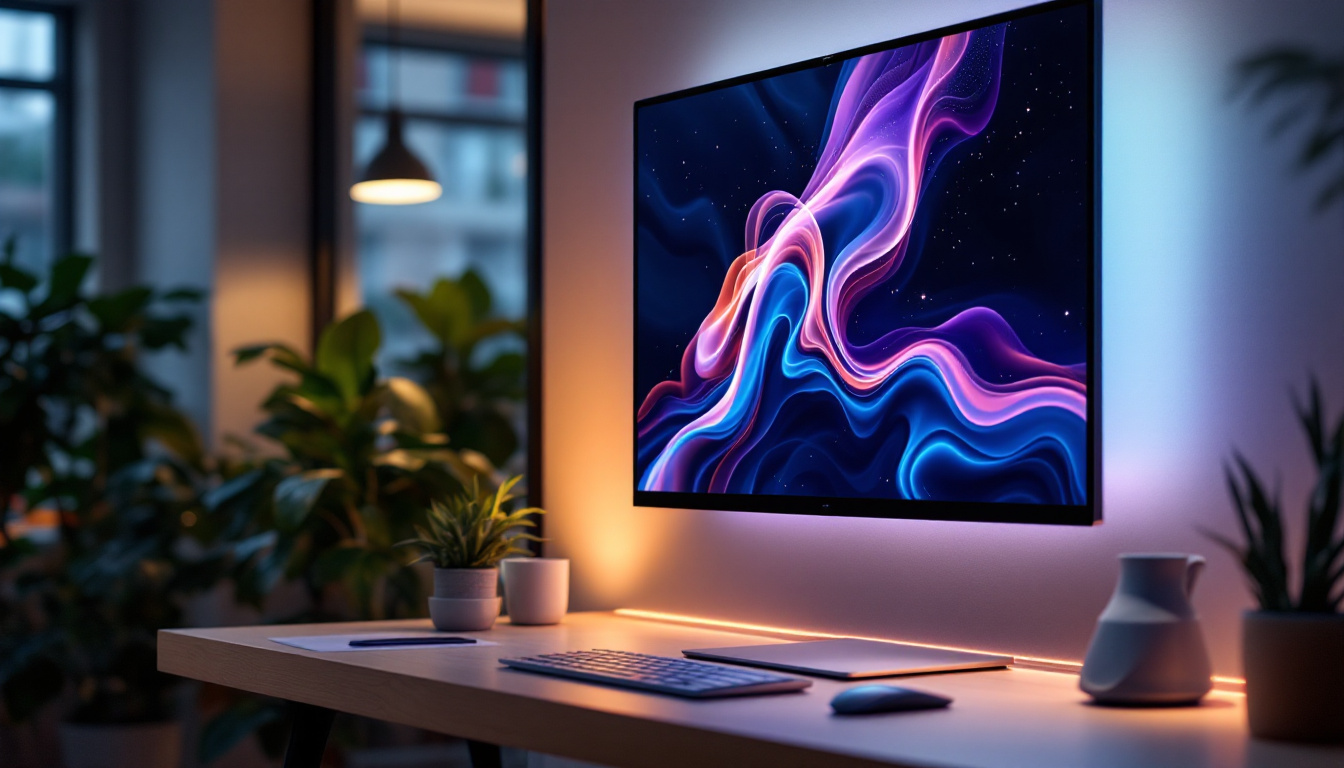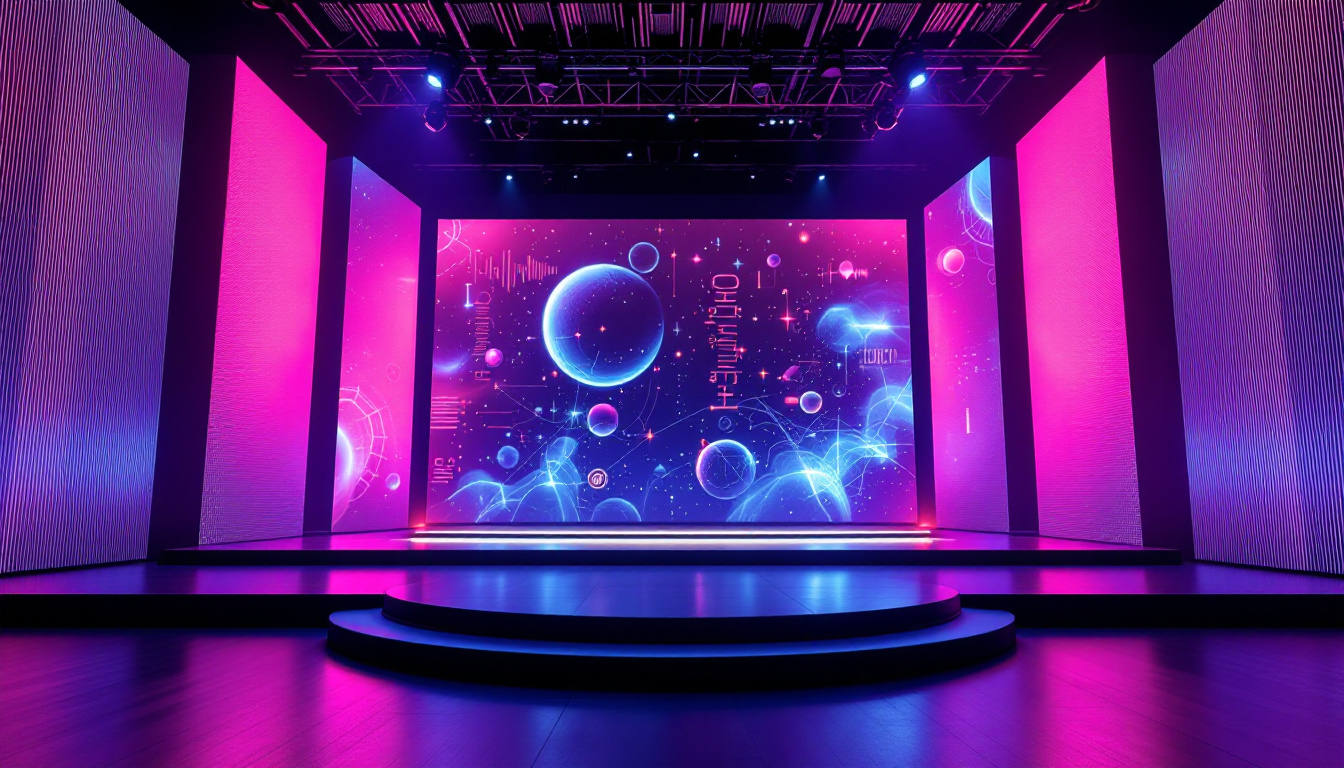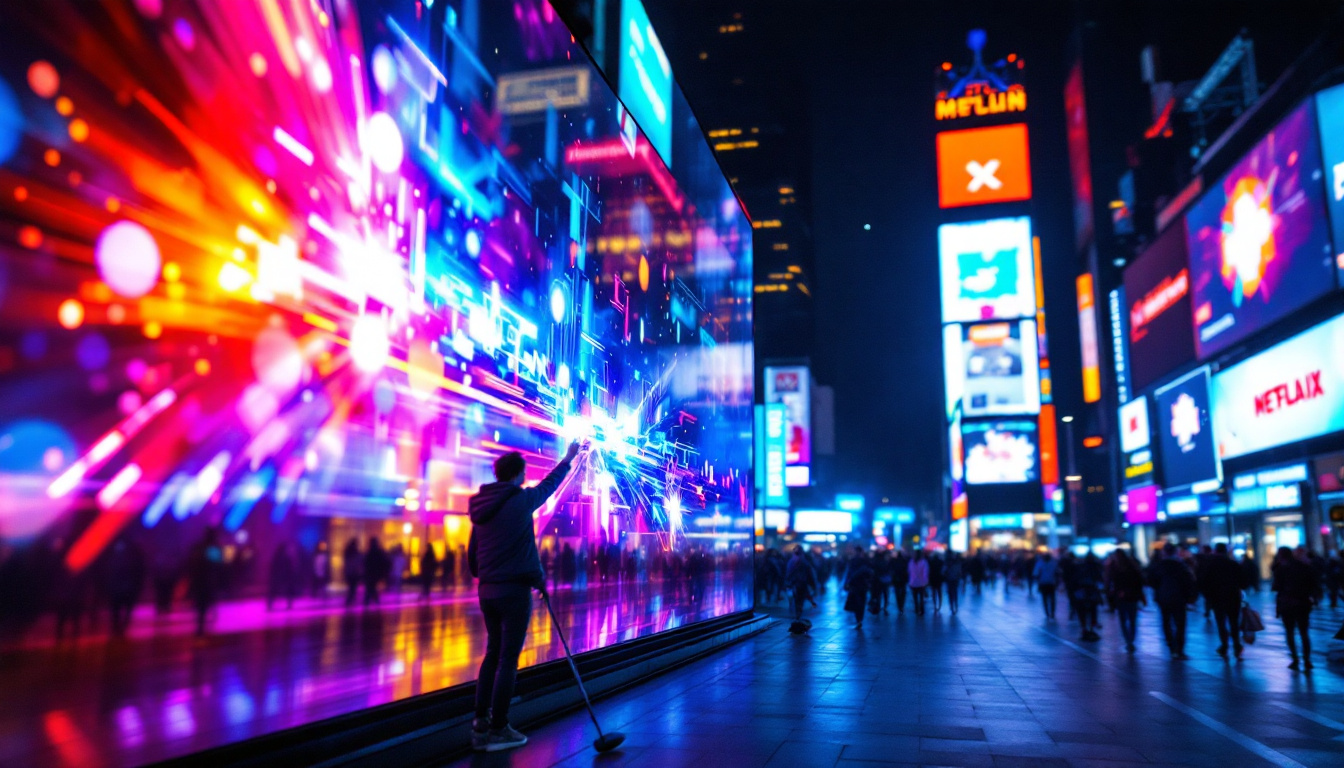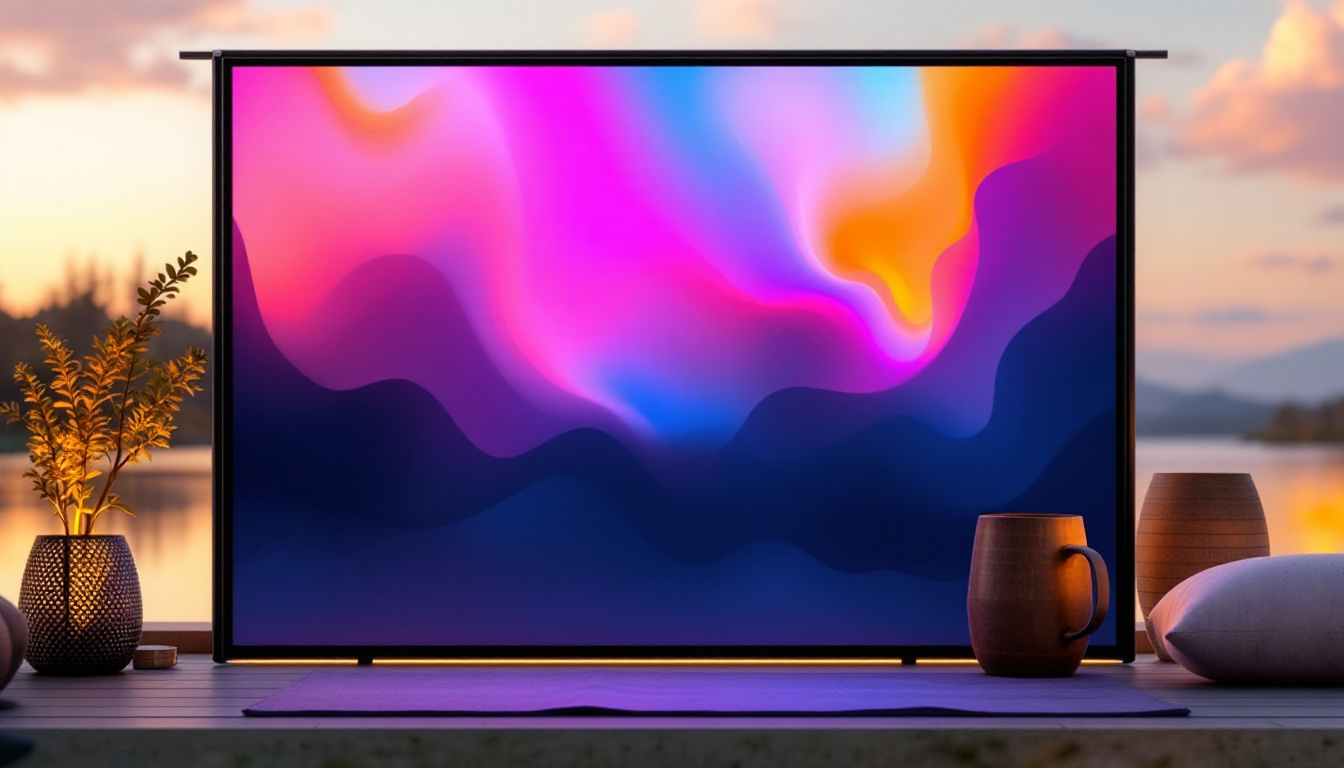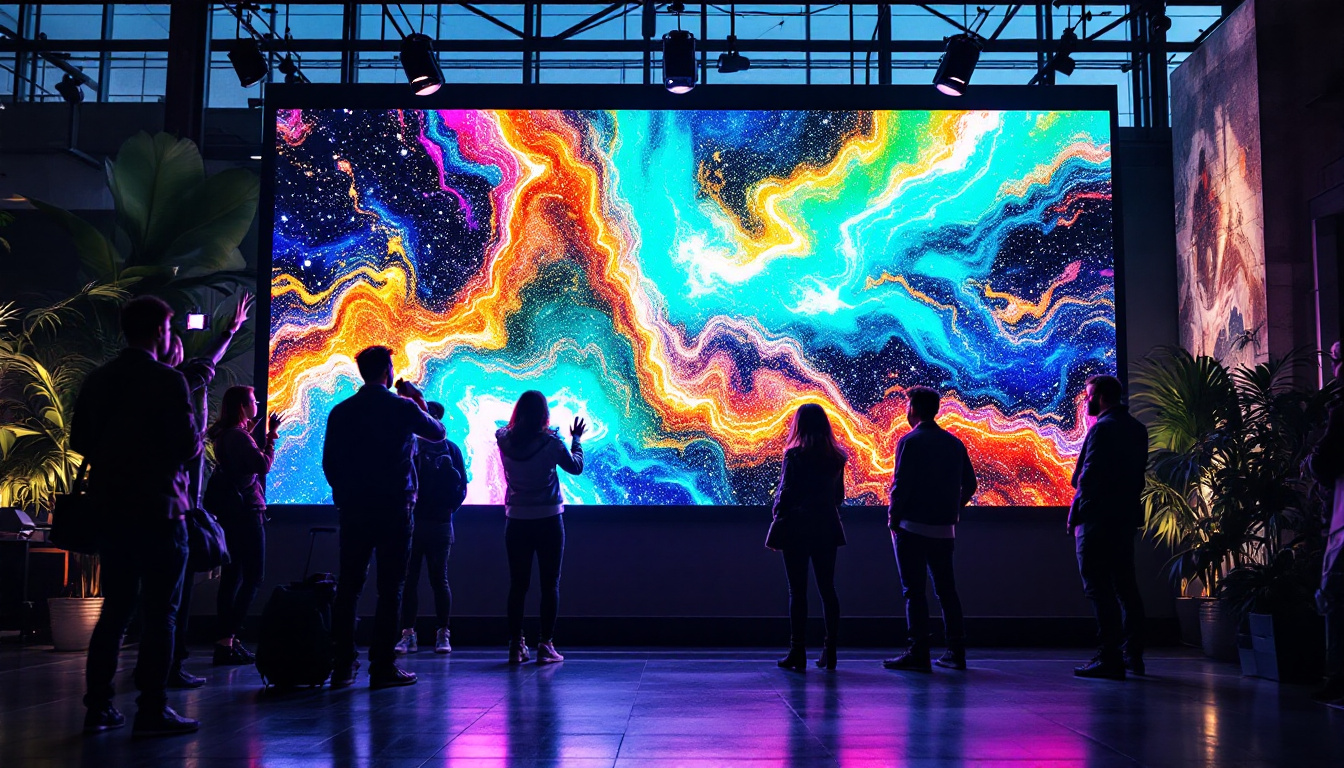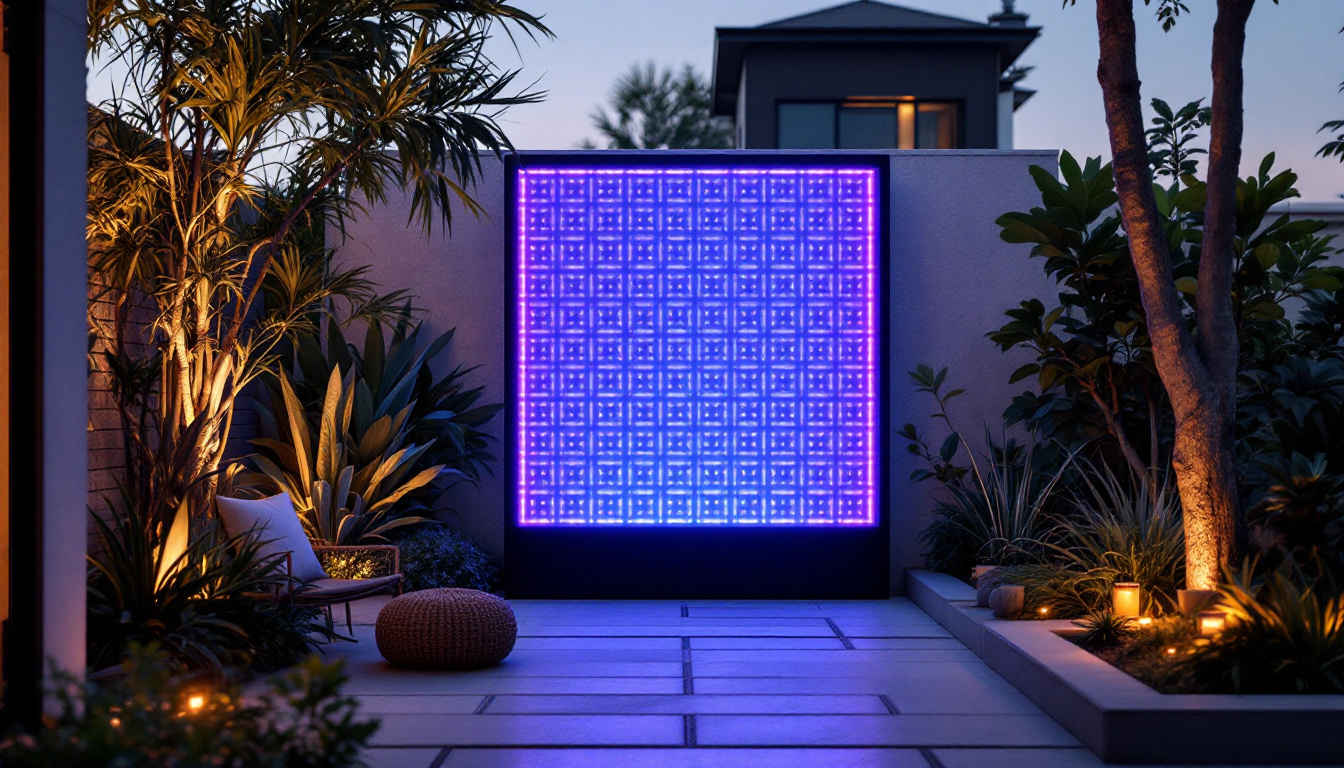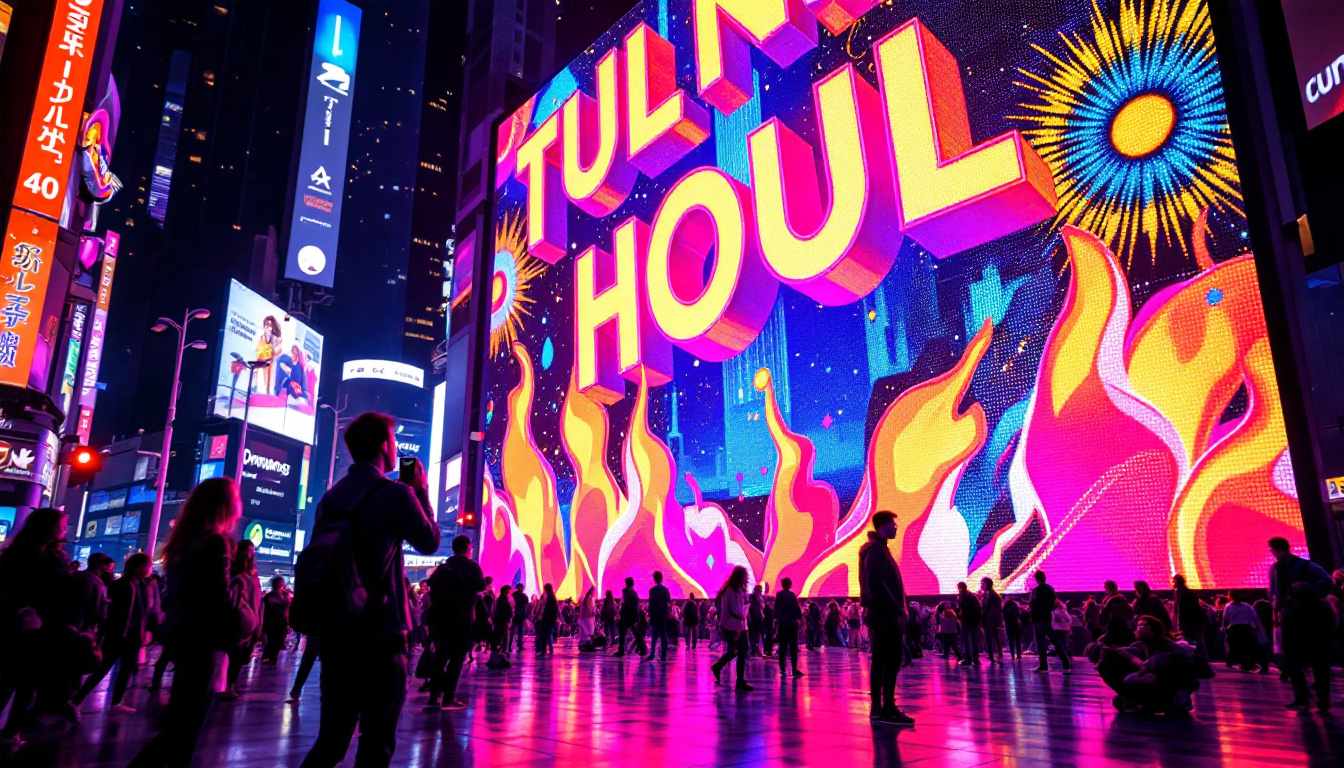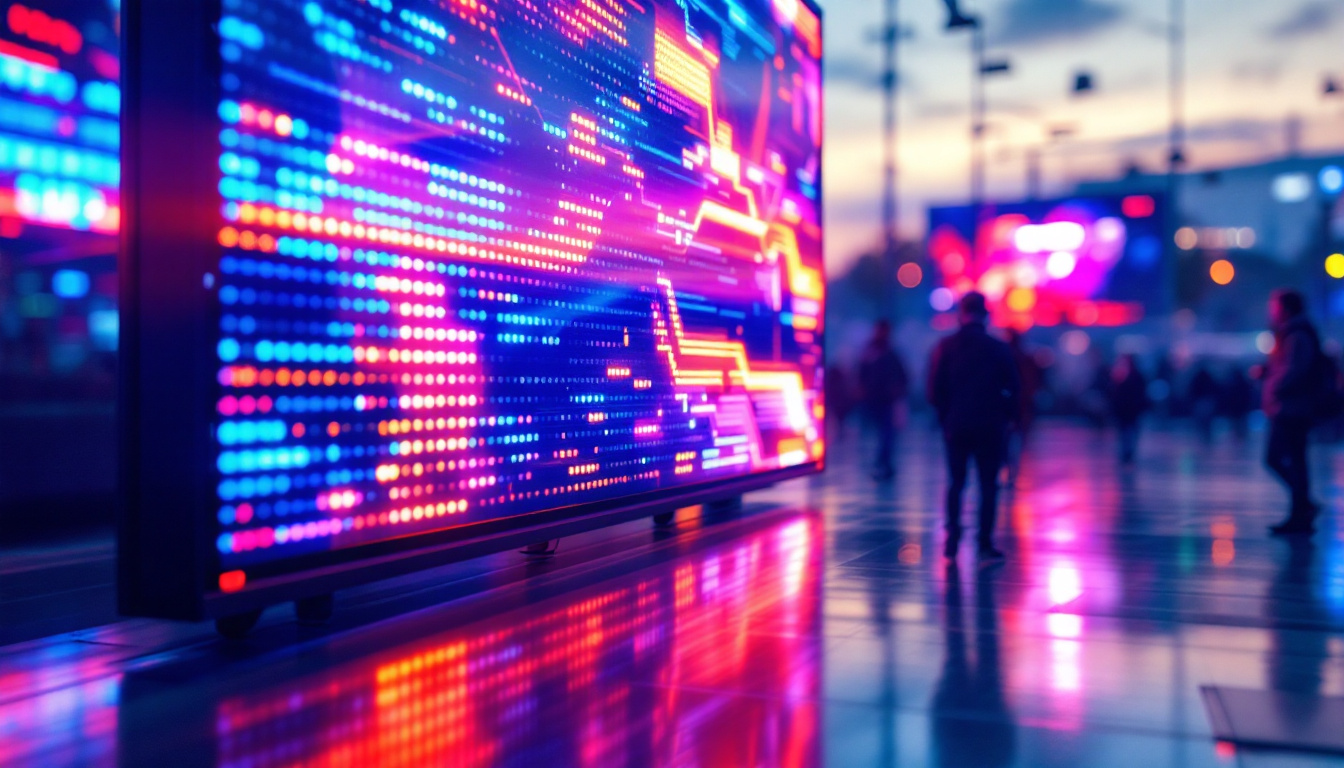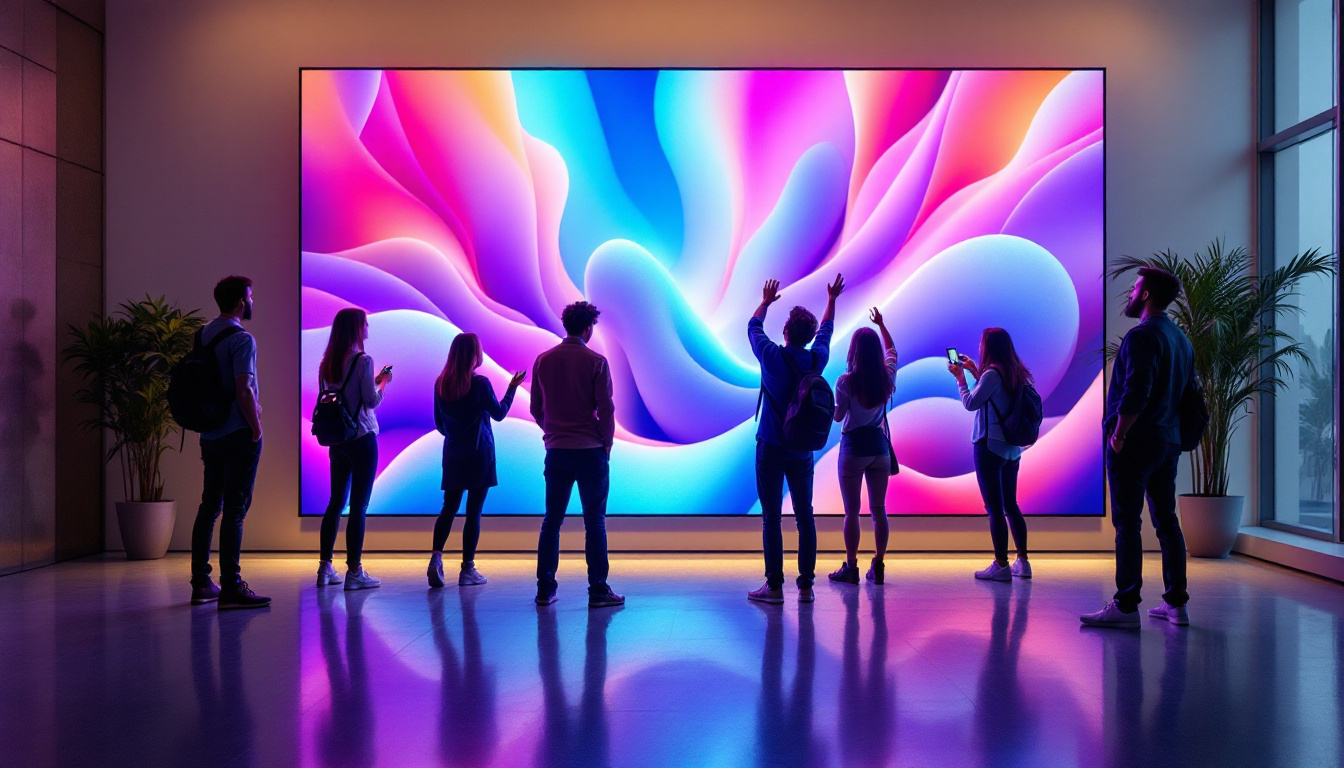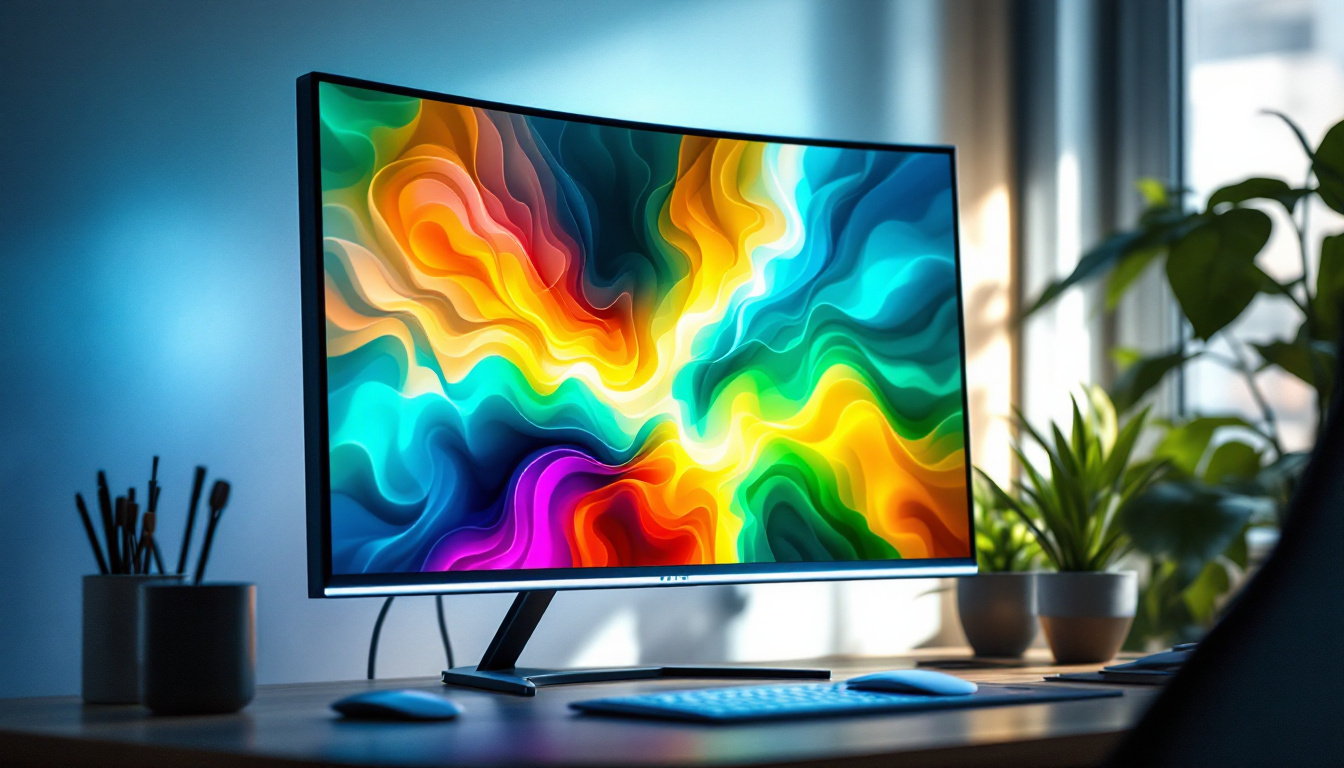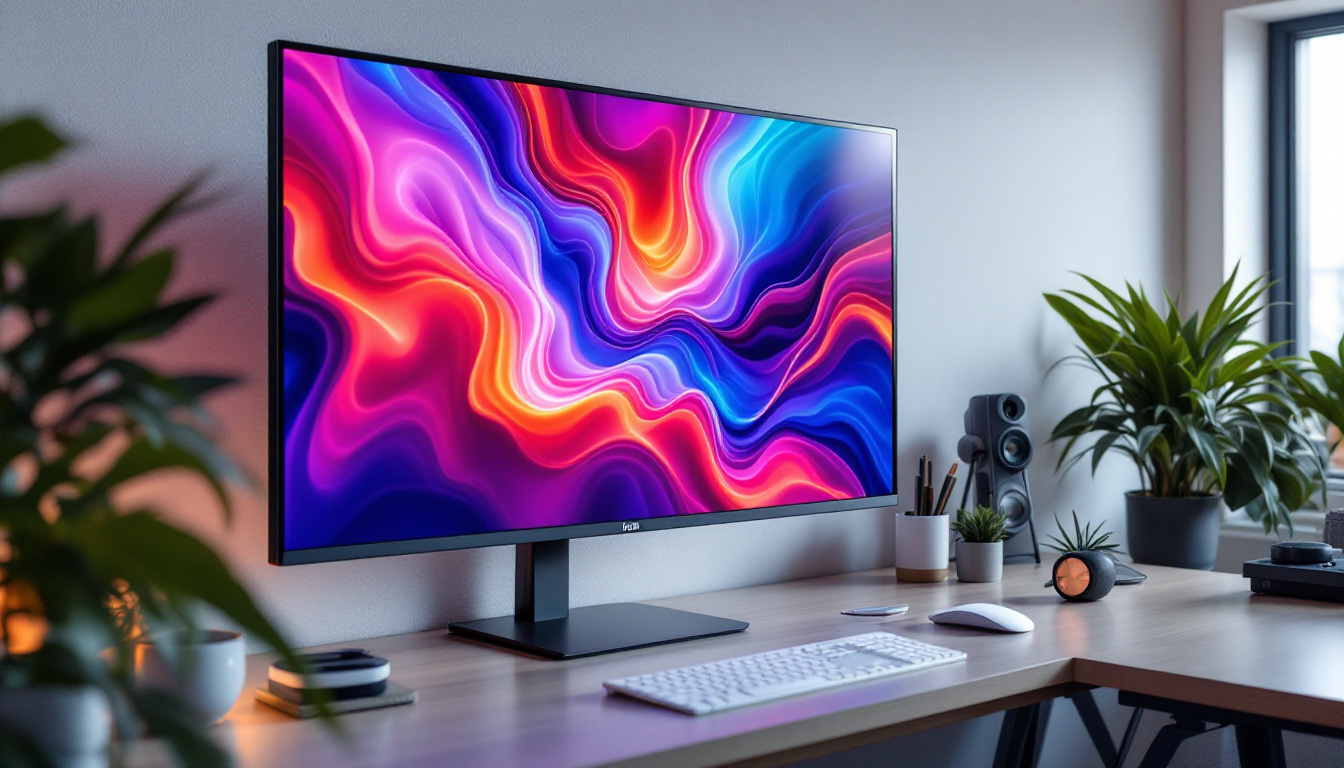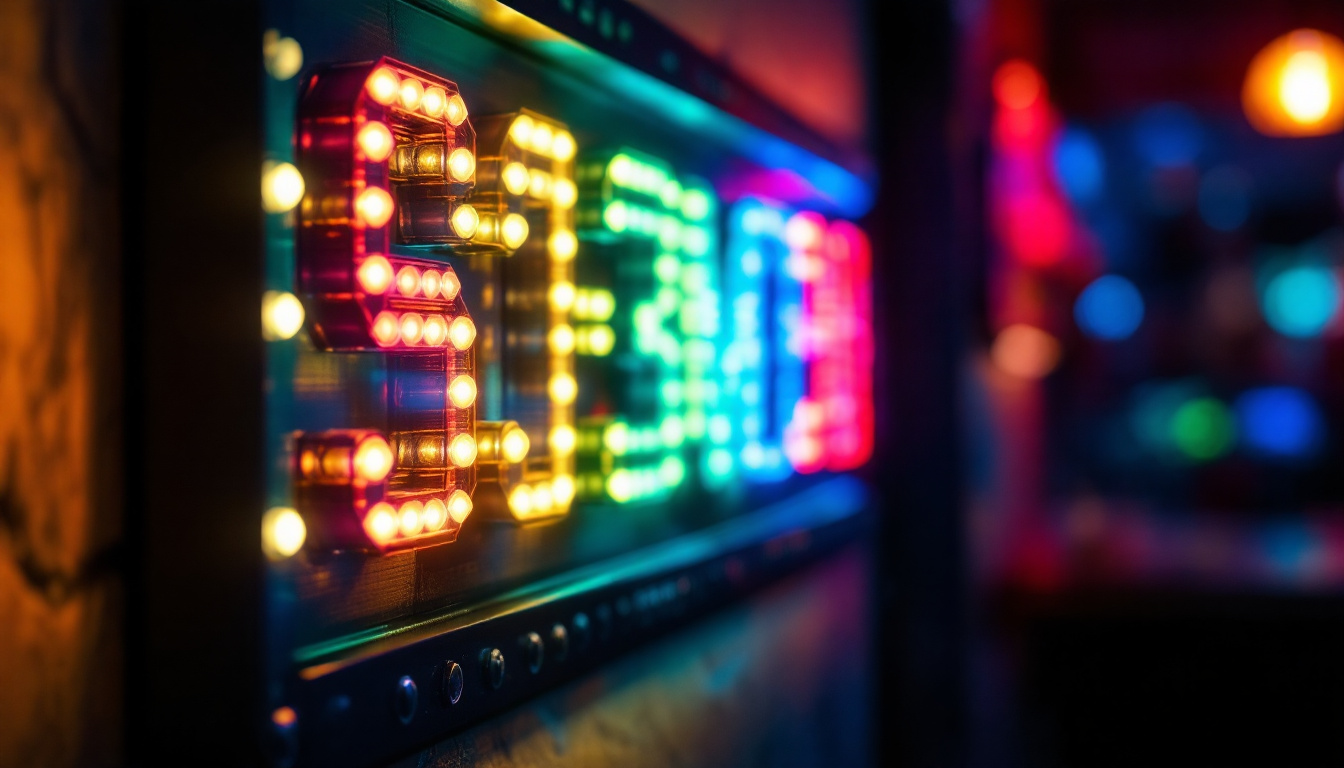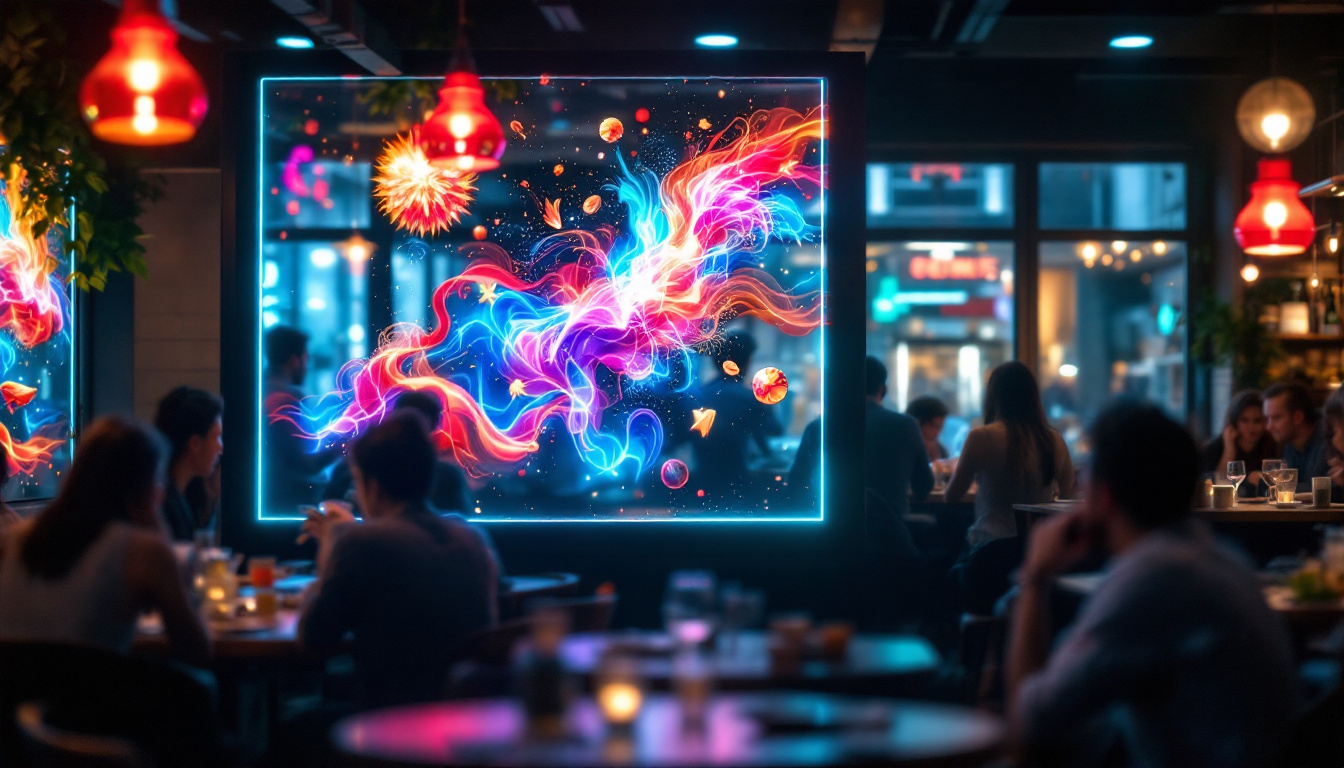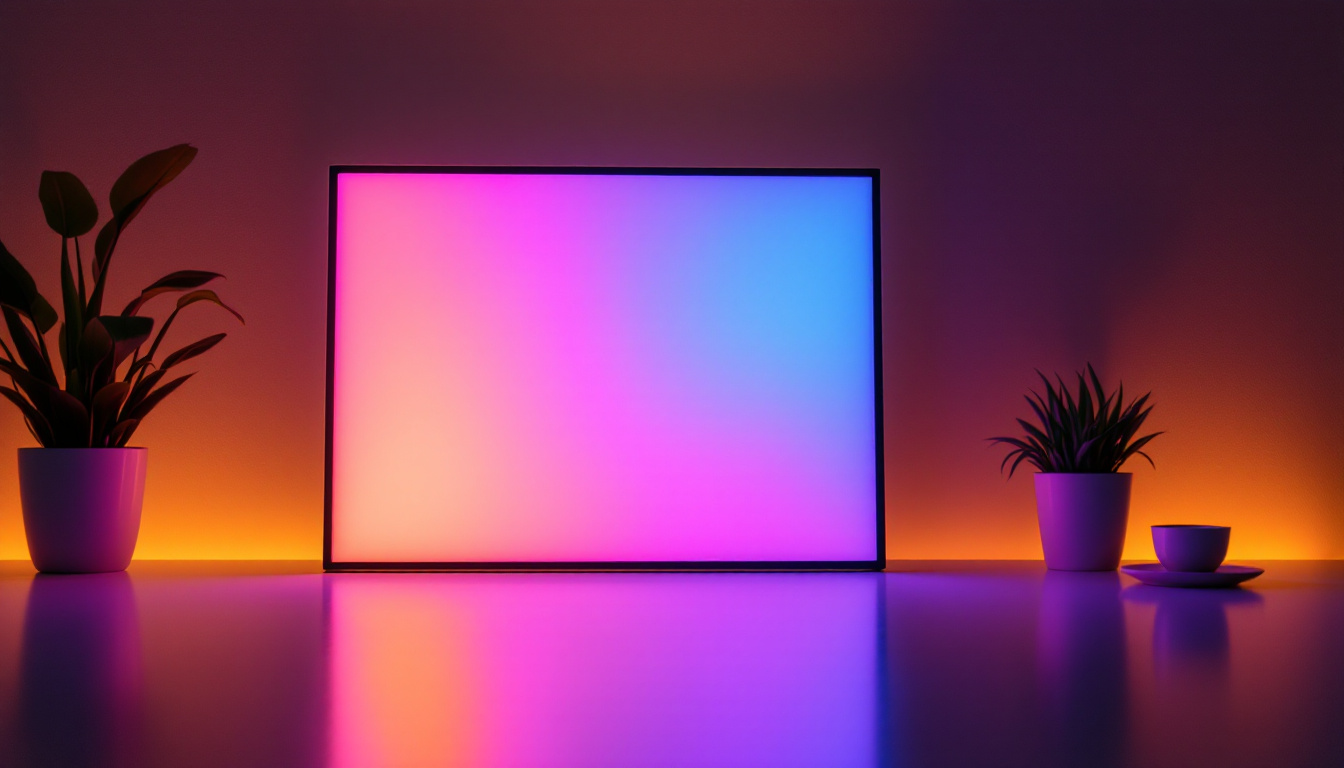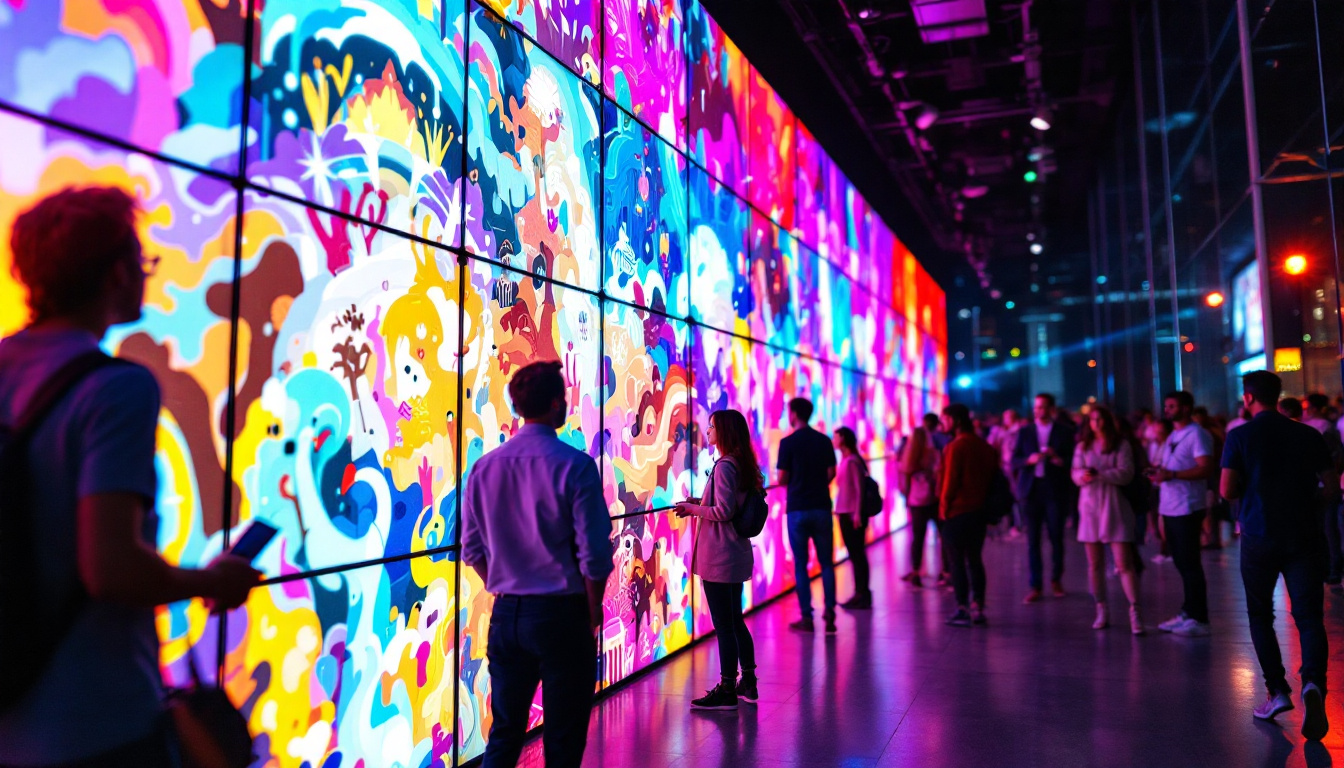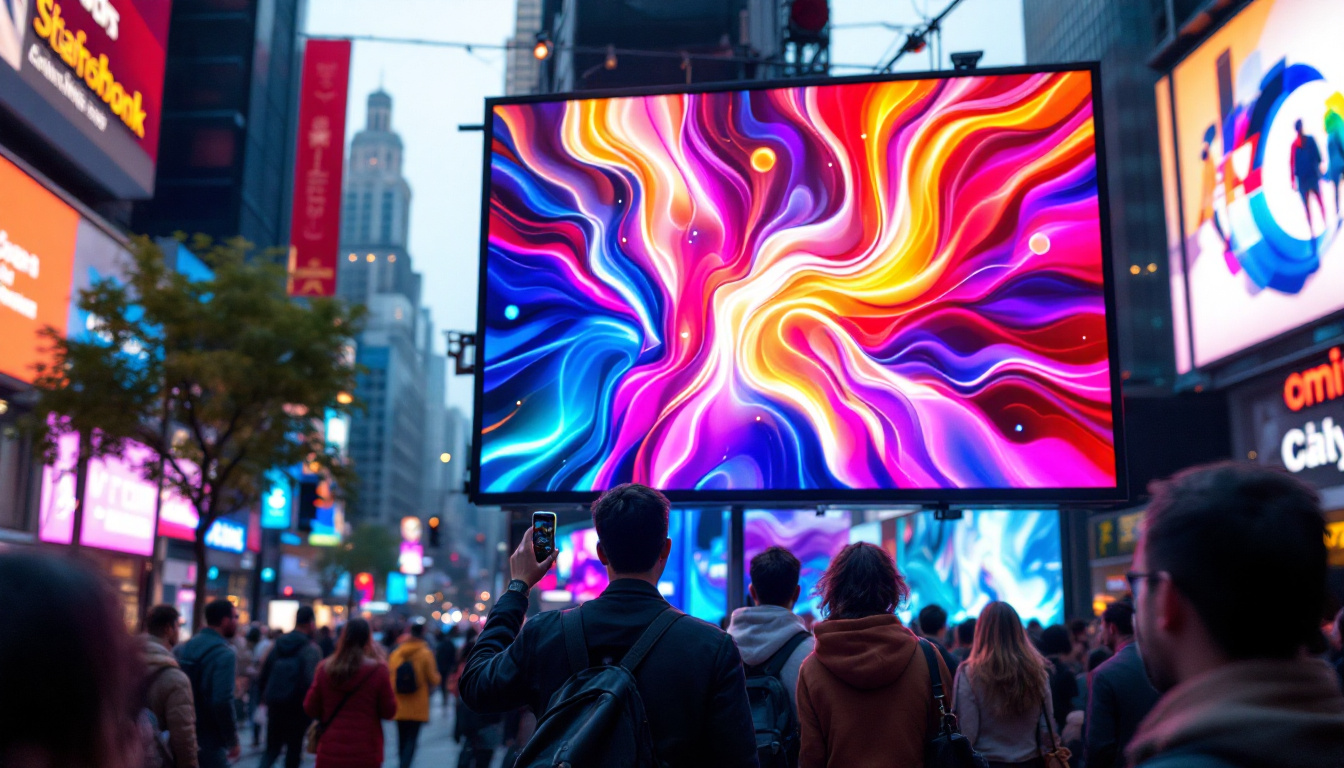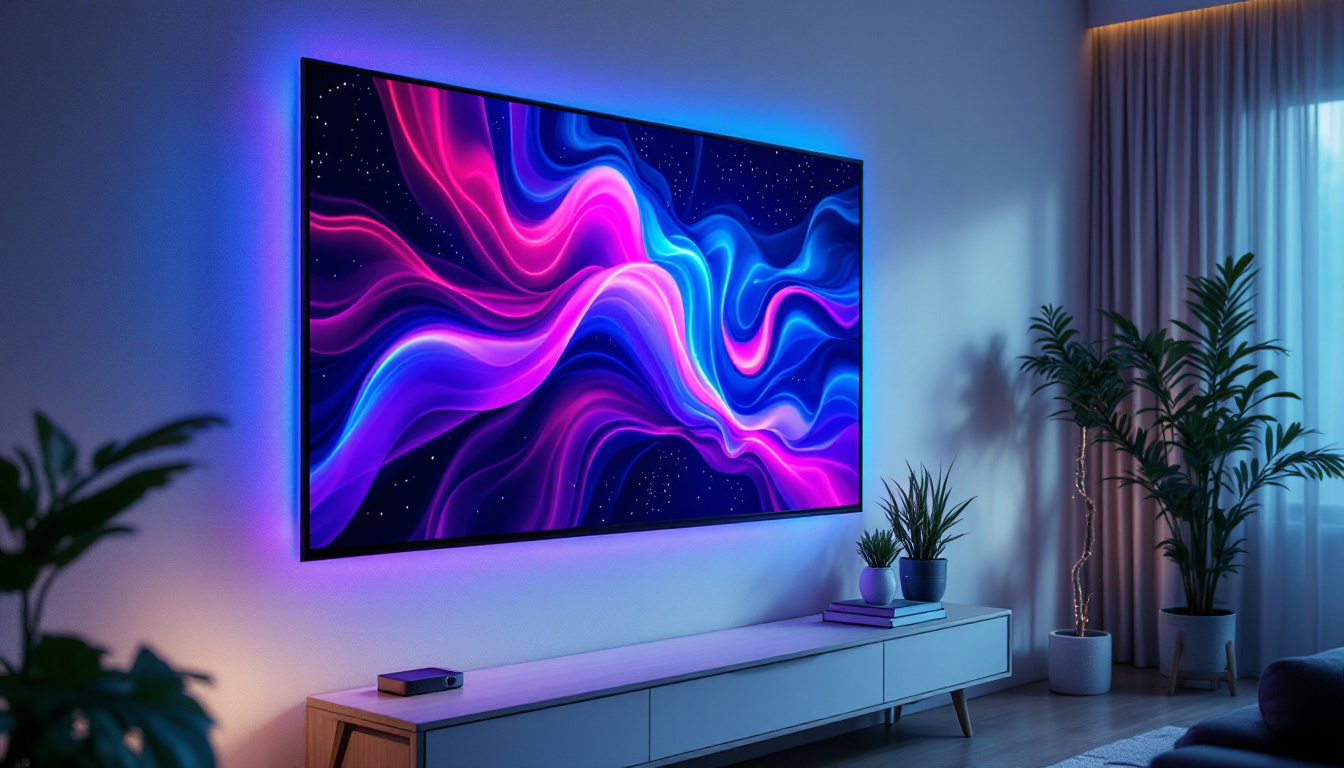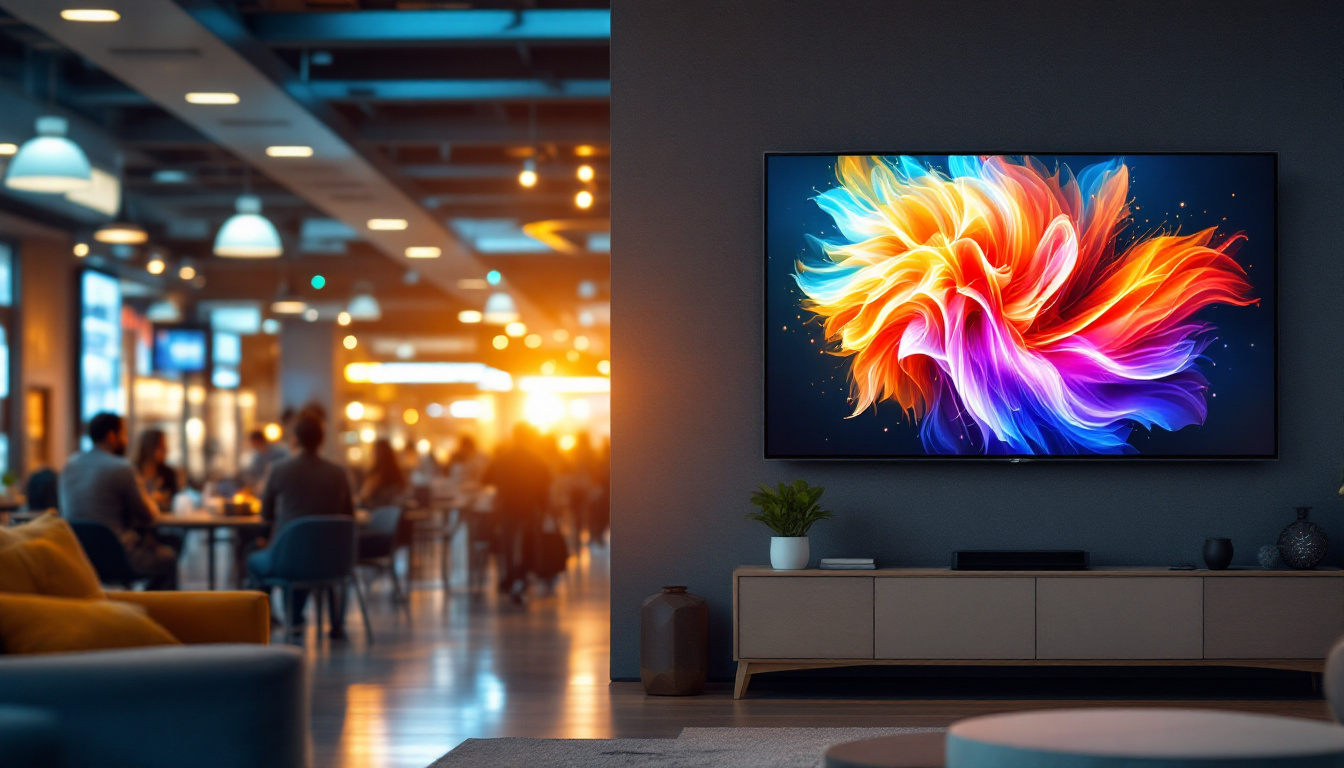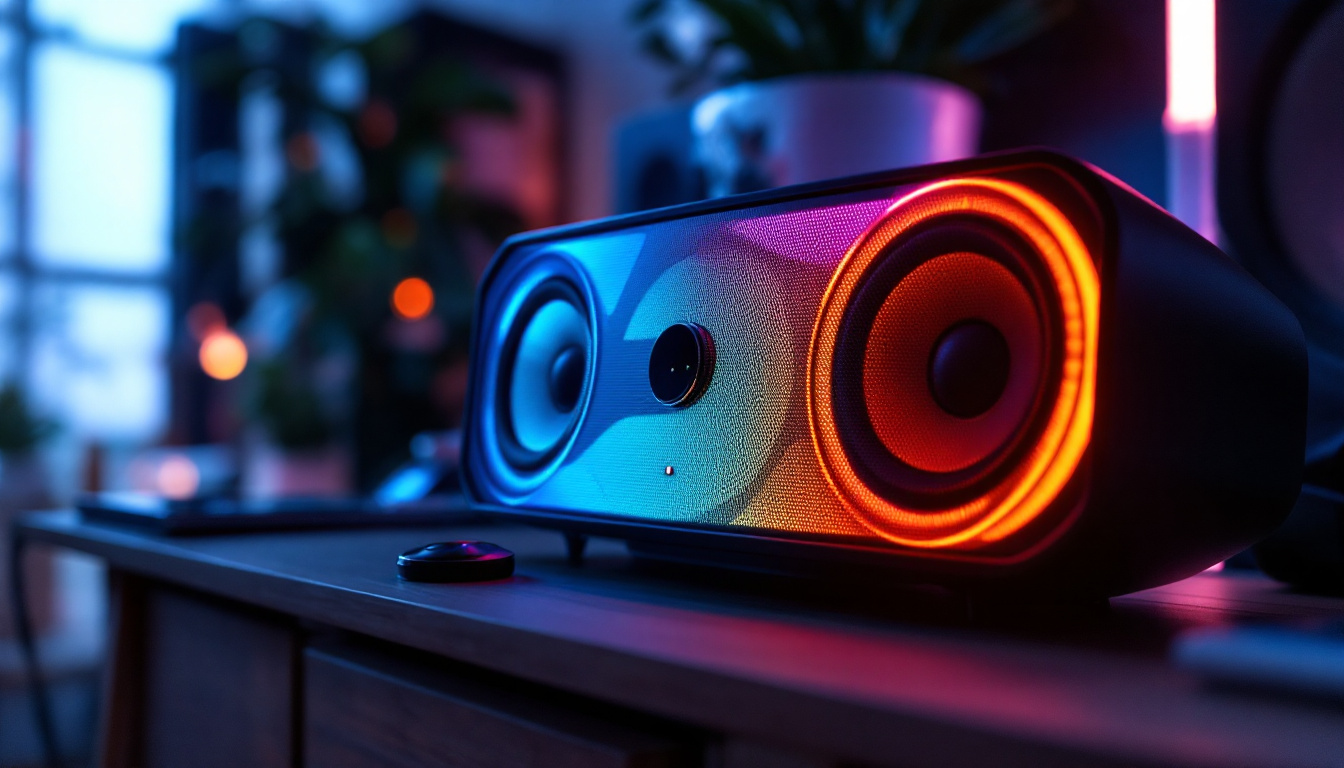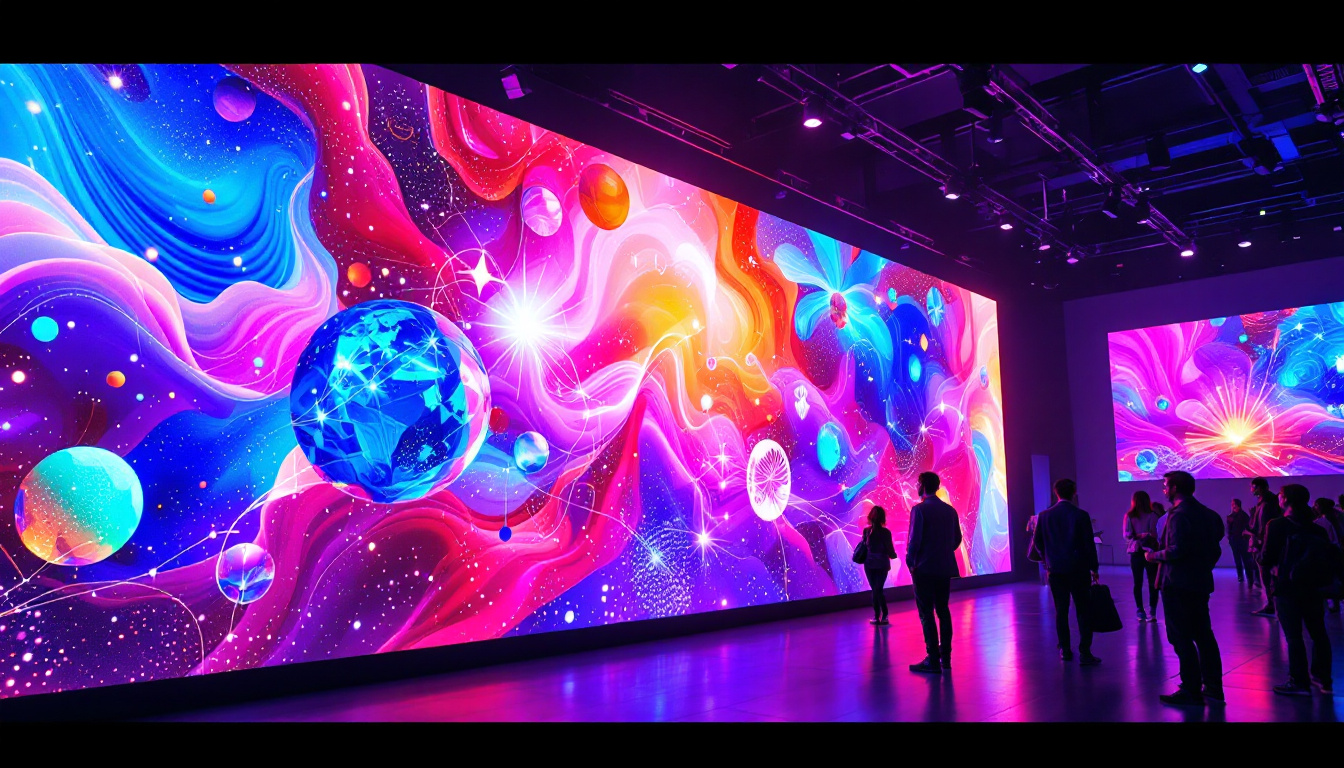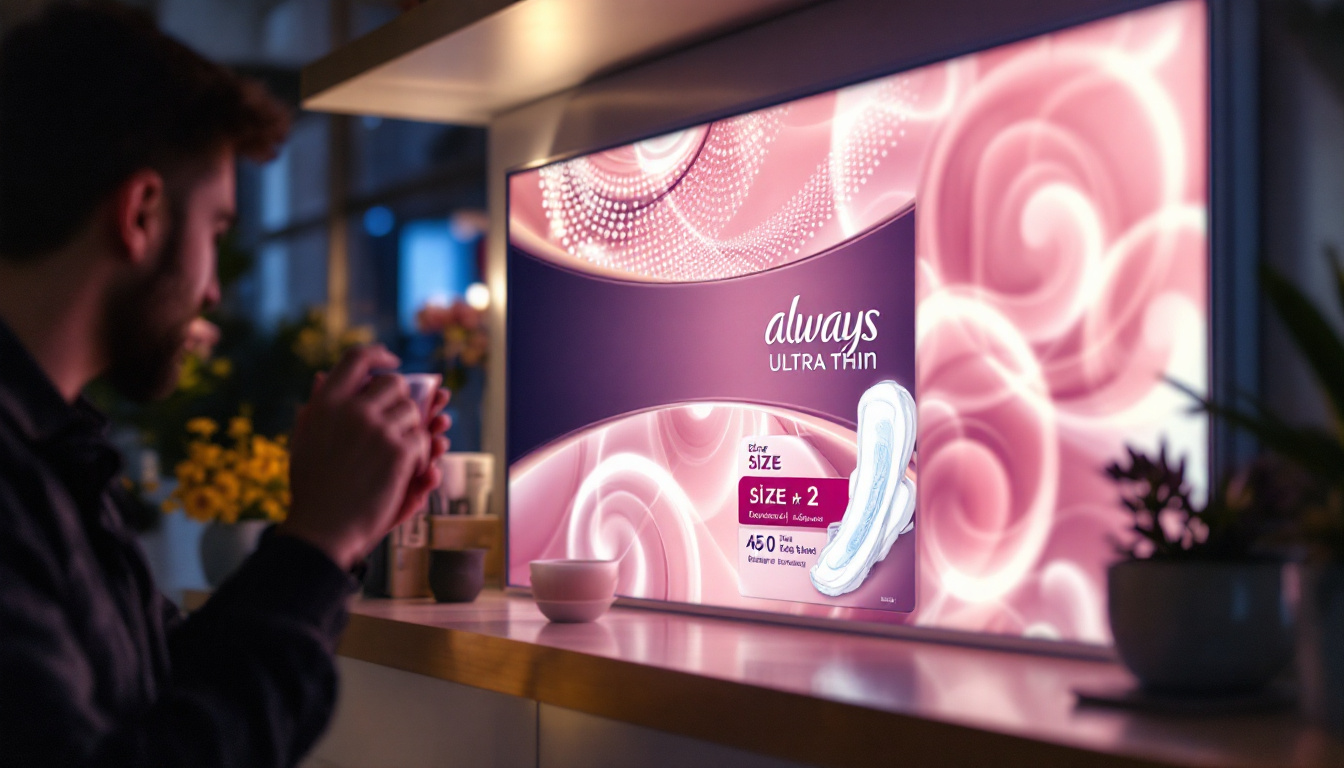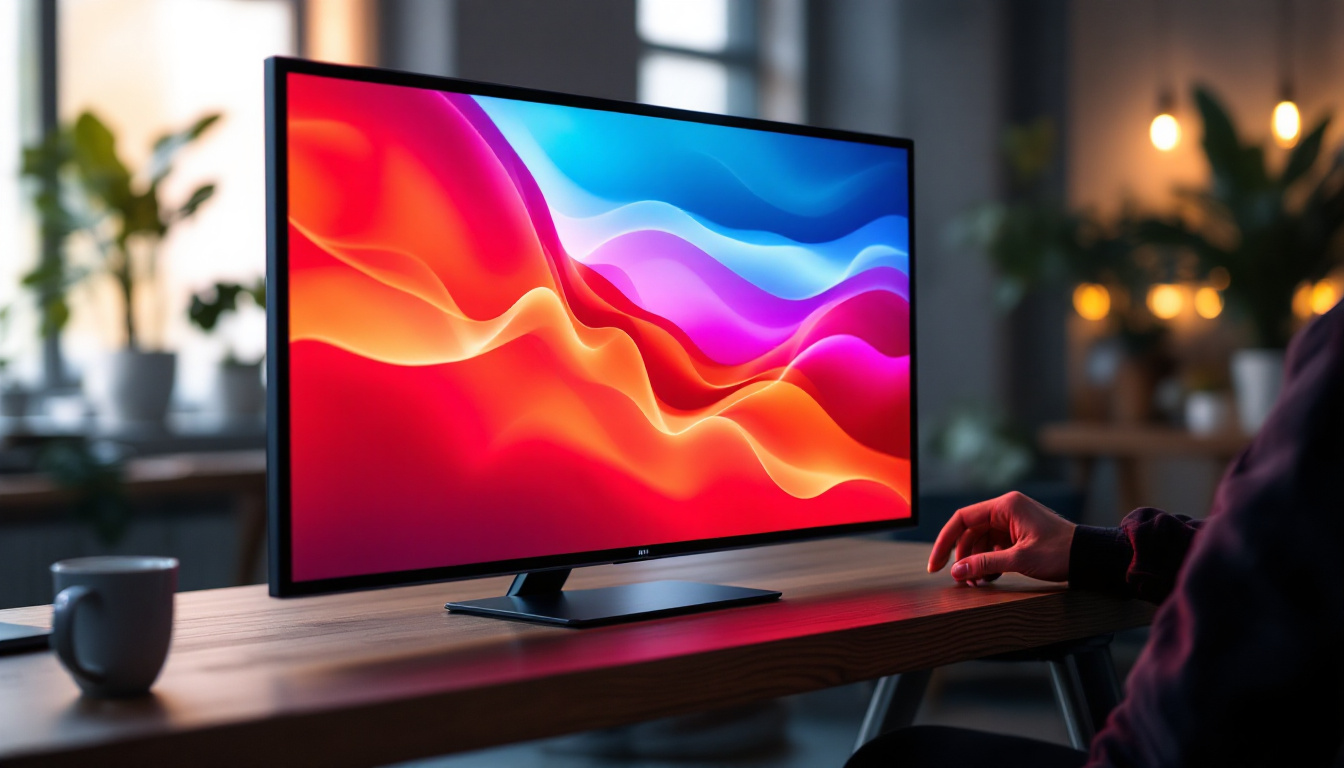The evolution of display technology has transformed the way information is conveyed in various settings, from advertising to entertainment. Among the most innovative advancements in this field is the LED display, particularly in large-scale applications such as Sphere Max installations. This article delves into the intricacies of Sphere Max capacity and the technology behind LED displays, exploring their functionality, advantages, and applications.
Understanding LED Displays
LED displays, or Light Emitting Diode displays, utilize semiconductor technology to produce light and images. They are widely recognized for their brightness, energy efficiency, and versatility. These displays can be found in a multitude of environments, ranging from small screens in smartphones to massive billboards on city streets. The popularity of LED technology has surged in recent years, driven by advancements in manufacturing processes and a growing demand for high-quality visual experiences.
How LED Displays Work
At the core of an LED display are individual light-emitting diodes that combine to create images. Each diode emits light when an electric current passes through it, allowing for the display of various colors and brightness levels. The arrangement of these diodes determines the resolution and clarity of the image produced. This technology not only enhances the visual experience but also contributes to the longevity of the display, as LEDs have a significantly longer lifespan compared to traditional lighting methods.
The basic structure of an LED display consists of a matrix of pixels, where each pixel is made up of red, green, and blue (RGB) diodes. By adjusting the intensity of each color, a full spectrum of colors can be achieved, enabling the display to render detailed images and videos. Moreover, advancements in color calibration and processing techniques have allowed manufacturers to produce displays that can accurately reproduce colors, making them ideal for applications in photography, graphic design, and film production.
Types of LED Displays
There are several types of LED displays, each designed for specific applications. The most common types include:
- Direct View LED Displays: These displays are made up of individual LEDs that are visible from the front, making them ideal for outdoor advertising and large venues. Their high brightness levels ensure visibility even in direct sunlight, making them a popular choice for billboards and sports arenas.
- LED Video Walls: Composed of multiple smaller LED panels, these walls can create a larger, seamless display for events and presentations. They are often used in concerts, conferences, and exhibitions, providing an immersive experience that captivates audiences.
- Transparent LED Displays: These innovative displays allow for visibility through the screen, making them suitable for retail environments where product visibility is essential. Retailers can showcase their merchandise while simultaneously displaying dynamic advertisements, creating a unique shopping experience.
In addition to these common types, there are also specialized LED displays designed for niche markets. For instance, flexible LED displays can be bent and shaped to fit unconventional spaces, making them ideal for creative installations and artistic displays. Furthermore, advancements in OLED (Organic Light Emitting Diode) technology have led to the development of ultra-thin and lightweight displays that offer superior contrast and color depth, pushing the boundaries of what is possible in display technology.
Sphere Max Capacity: An Overview
The Sphere Max is a cutting-edge LED display system designed for immersive experiences. Its unique spherical design allows for 360-degree viewing, making it a popular choice for events, exhibitions, and entertainment venues. Understanding its capacity is crucial for maximizing its potential.
Dimensions and Specifications
The Sphere Max display is characterized by its large dimensions, often exceeding traditional flat screens. Its spherical shape enables a more engaging viewing experience, as audiences can experience content from multiple angles. The specifications of a Sphere Max installation typically include:
- Resolution: high pixel density is essential for clarity, often reaching 4K or higher.
- Brightness: With brightness levels reaching up to 10,000 nits, these displays are visible even in bright daylight.
- Refresh Rate: A high refresh rate ensures smooth motion for video content, critical for immersive experiences.
Capacity Considerations
When discussing Sphere Max capacity, it is essential to consider both physical and operational aspects. The physical capacity refers to the size and number of displays that can be integrated into a given space, while operational capacity pertains to the content that can be displayed and the technology used to manage it.
Physical capacity is influenced by factors such as venue size, audience proximity, and the intended visual impact. Operational capacity, on the other hand, includes considerations like content management systems, bandwidth requirements, and the ability to synchronize multiple displays for a cohesive experience.
Advantages of Sphere Max LED Displays
Sphere Max LED displays offer a multitude of advantages that set them apart from traditional display technologies. These benefits make them an attractive choice for various applications, particularly in environments where engagement and immersion are paramount.
Immersive Experience
The spherical design of the Sphere Max creates a fully immersive environment for viewers. Unlike flat screens, which limit the viewing angle, the 360-degree nature of the Sphere Max allows audiences to experience content from all directions. This aspect is particularly beneficial for events, exhibitions, and installations where audience interaction is desired.
High Visibility and Impact
With exceptional brightness and resolution, Sphere Max displays are designed to capture attention. Their ability to produce vivid colors and sharp images ensures that content stands out, making them ideal for advertising and promotional purposes. The high visibility of these displays allows for effective communication, even in challenging lighting conditions.
Versatility in Content Delivery
Sphere Max displays support a wide range of content formats, including video, animations, and interactive elements. This versatility enables creators to design engaging experiences tailored to specific audiences. Whether used for storytelling, branding, or entertainment, the Sphere Max adapts to various content types, enhancing the overall impact.
Applications of Sphere Max LED Displays
The applications of Sphere Max LED displays are diverse, spanning multiple industries and sectors. Their unique capabilities make them suitable for a variety of environments, from corporate settings to entertainment venues.
Events and Exhibitions
Sphere Max displays are increasingly popular at trade shows, conventions, and exhibitions. Their immersive design captures the attention of attendees, creating memorable experiences that leave a lasting impression. Event organizers can leverage the Sphere Max to showcase products, deliver presentations, and engage audiences in innovative ways.
Advertising and Marketing
In the realm of advertising, Sphere Max displays offer a unique platform for brands to connect with consumers. Their high visibility and immersive nature make them ideal for outdoor advertising, retail environments, and promotional events. Brands can create captivating campaigns that draw in audiences and enhance brand recognition.
Entertainment Venues
From concert halls to sports arenas, Sphere Max displays are revolutionizing the entertainment industry. They can be used to enhance live performances, provide real-time information, or create stunning visual backdrops. The ability to deliver dynamic content in an engaging format elevates the overall experience for attendees.
Challenges and Considerations
While Sphere Max LED displays offer numerous advantages, there are challenges and considerations that must be addressed for successful implementation. Understanding these factors is essential for maximizing the benefits of this technology.
Cost Implications
One of the primary challenges associated with Sphere Max displays is the initial investment. The cost of high-quality LED technology, installation, and maintenance can be significant. Organizations must weigh the potential return on investment against the upfront costs to determine if a Sphere Max installation aligns with their goals.
Technical Expertise
Implementing and managing a Sphere Max display requires a certain level of technical expertise. Organizations may need to invest in training staff or hiring specialists to ensure proper operation and maintenance. This consideration is crucial for maximizing the display’s potential and ensuring a seamless experience for users.
Content Management
Effective content management is vital for the success of Sphere Max displays. Organizations must have a robust content strategy in place to ensure that the right messages are delivered at the right times. This includes planning for content creation, scheduling, and updating to keep the display relevant and engaging.
The Future of Sphere Max LED Displays
The future of Sphere Max LED displays is promising, with advancements in technology and design paving the way for even more innovative applications. As the demand for immersive experiences continues to grow, the Sphere Max is likely to evolve to meet these needs.
Technological Advancements
Emerging technologies, such as artificial intelligence and augmented reality, are expected to play a significant role in the future of Sphere Max displays. These advancements can enhance interactivity and personalization, allowing for tailored experiences that resonate with audiences on a deeper level.
Expanding Applications
As industries continue to explore new ways to engage audiences, the applications for Sphere Max displays are likely to expand. From education to tourism, the potential for immersive experiences is vast. Organizations that embrace this technology will be well-positioned to captivate their audiences and stay ahead of the competition.
Sustainability Considerations
With increasing awareness of environmental concerns, the future of Sphere Max displays may also focus on sustainability. Innovations in energy efficiency and eco-friendly materials can reduce the environmental impact of these displays, making them a more responsible choice for organizations.
Conclusion
The Sphere Max LED display represents a significant advancement in display technology, offering immersive experiences that captivate audiences. Understanding its capacity and advantages is crucial for organizations looking to leverage this innovative technology. While challenges exist, the potential applications and future developments make Sphere Max displays a compelling choice for a wide range of industries.
As technology continues to evolve, Sphere Max displays will likely play an increasingly important role in how information is conveyed and experiences are created. Embracing this technology now can position organizations for success in an ever-changing landscape.
Discover LumenMatrix LED Display Solutions
Ready to elevate your visual experience with the immersive power of Sphere Max LED displays? LumenMatrix is at the forefront of LED display innovation, offering a wide array of solutions that transform any space into a dynamic visual spectacle. From Indoor and Outdoor LED Wall Displays to specialized options like Vehicle, Sports, and Floor LED Displays, our mission is to revolutionize your visual communication. Embrace the future of display technology with LumenMatrix and create an impact that resonates with your audience. Check out LumenMatrix LED Display Solutions today and see your vision come to life.

